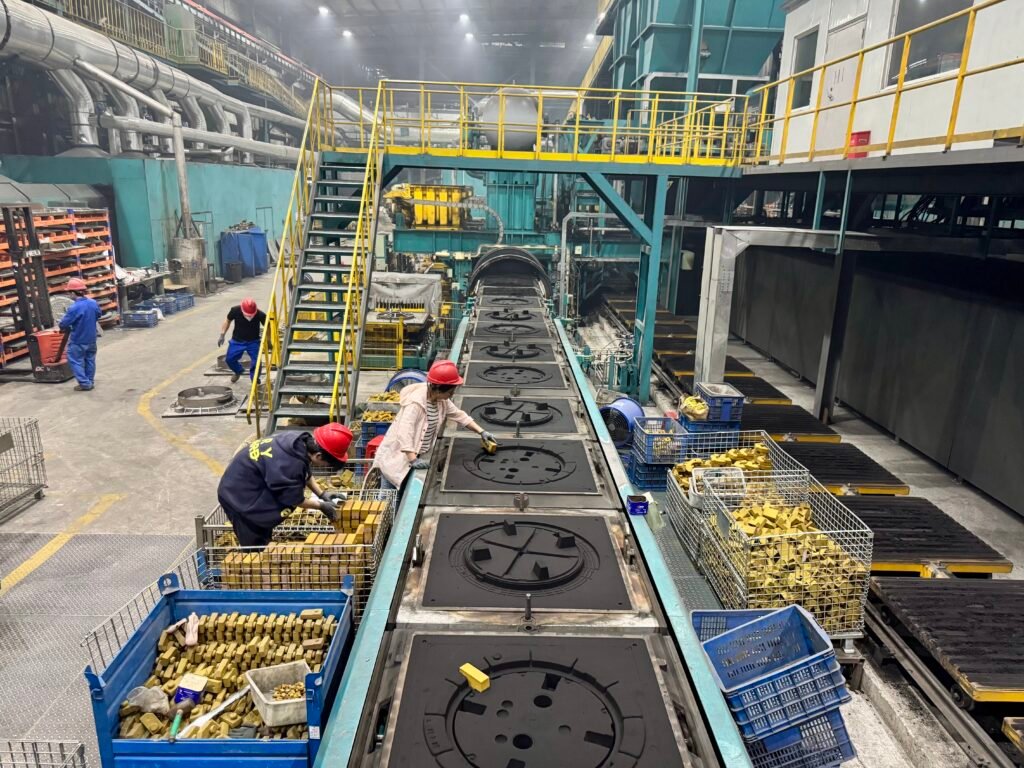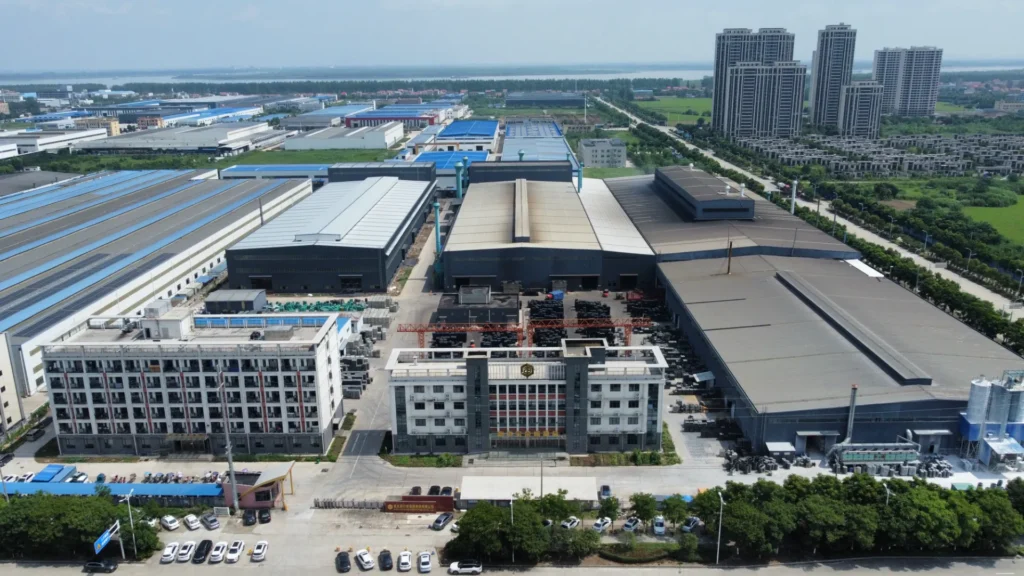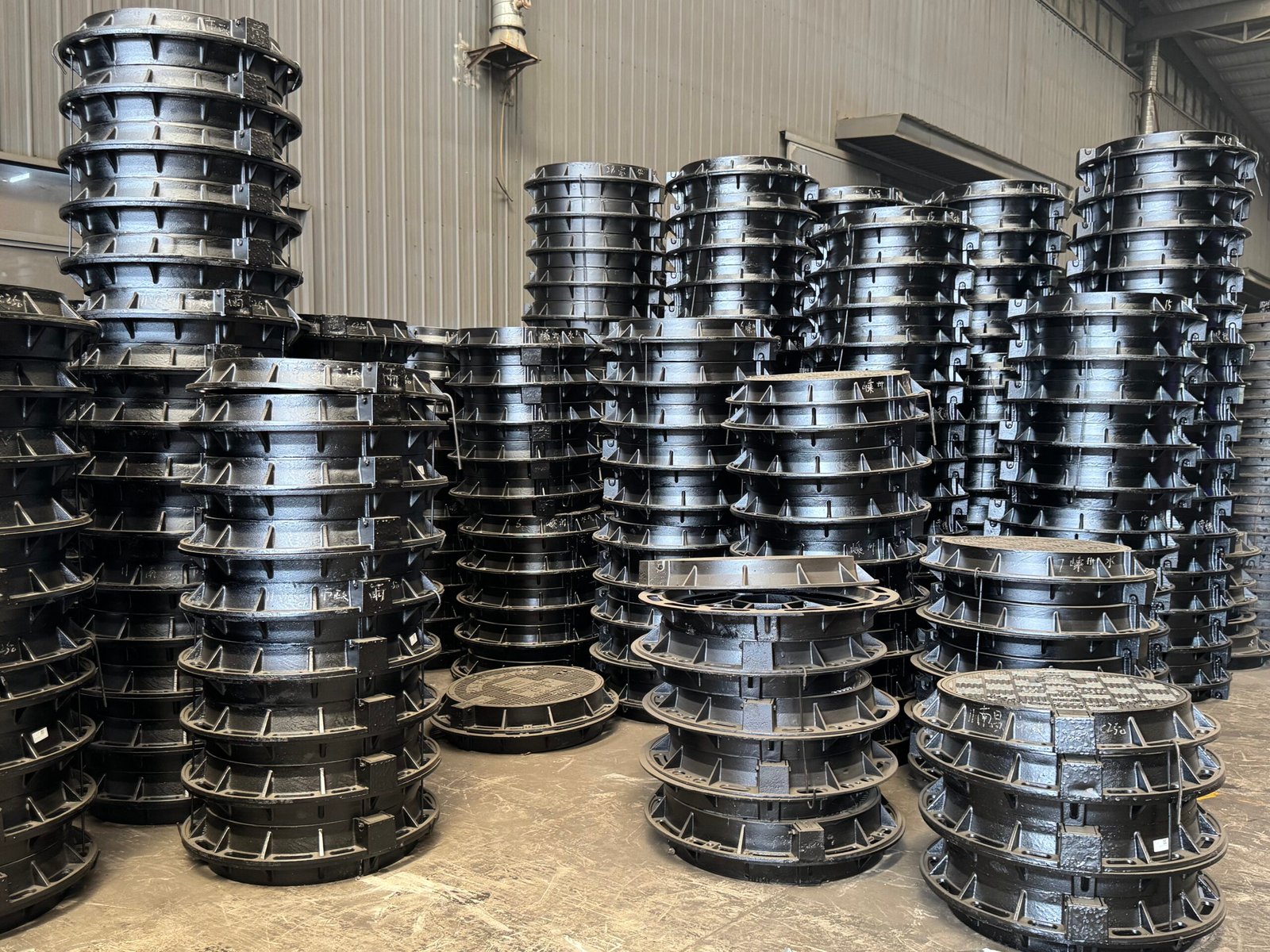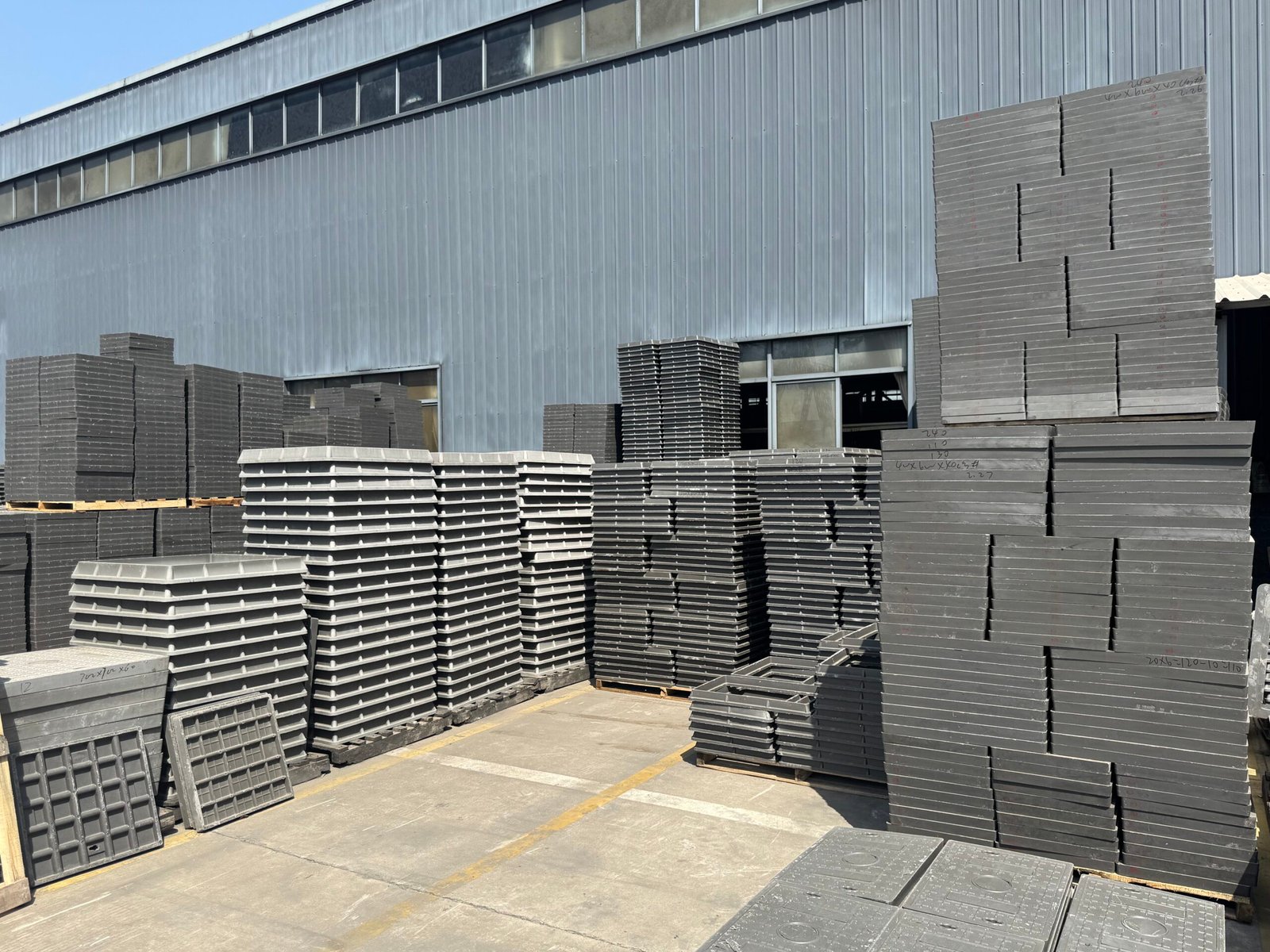Artistic manhole covers are gaining global popularity in urban landscapes. These unique urban design elements not only adorn streets but also carry stories, reflect cultures, and attract tourists. Against the backdrop of modern urbanization and the rise of urban art trends, their future development warrants thorough exploration. This article examines the multidimensional perspectives and evolving trends surrounding these distinctive artworks.

Historical Context and Evolution
Early artistic covers emerged in European cities during the late 19th century. Originally functional necessities for protecting municipal utilities, they gradually acquired aesthetic value. Nations developed unique styles and traditions—from European ornamental patterns to Japanese miniature scenes. Today, they serve as living heritage preserving historical character and cultural imprints of eras. Contemporary designers often revisit history, infusing traditional DNA into new generations of urban art.
Role in Urban Design
Distinctive artistic covers transform mundane infrastructure into public art. They organically integrate into holistic urban design concepts, highlighting each neighborhood’s identity and character. Through such Micro-Architecture, communities showcase their culture and history while fostering visual dialogues between residents and visitors. With their beauty and diversity, these elements have become vital components of modern urban projects.
Economic Value and Tourism Impact
Artistic covers significantly boost tourism appeal. Recently evolving into popular photo spots, they’ve inspired dedicated tourist routes. They attract photographers, artists, and pedestrians seeking unique art forms. The resulting visitor influx revitalizes local businesses, stimulating economic growth and community development.
Technological Innovation and Sustainability
Modern artistic covers leverage cutting-edge technologies and materials:
Advanced Manufacturing: Innovative processes create weather-resistant, long-lasting artworks
Eco-Materials: Growing artist adoption minimizes environmental footprints
This aligns with sustainability principles while addressing contemporary ecological concerns.

Public Engagement and Creative Inspiration
Artistic cover projects often spark public interest and participation. Many cities invite residents to design competitions, enhancing community creativity and civic involvement. Such initiatives strengthen neighborhood identity while integrating art into daily life. Consequently, public spaces become more inviting and accessible to residents and visitors alike.
Future Prospects and Challenges
Artistic covers hold vast potential to continue surprising and inspiring global audiences. Yet expansion faces challenges:
Sustained funding and maintenance support
Security and preservation against theft/vandalism requiring innovative solutions
Technical adaptation balancing artistry with functionality
Nevertheless, through collaboration among artists, architects, and local governments, these challenges can transform into opportunities for urban development and creative practice. We may witness deeper artistic integration into urban fabric—making public spaces more captivating and cultural interweaving more vibrant.




